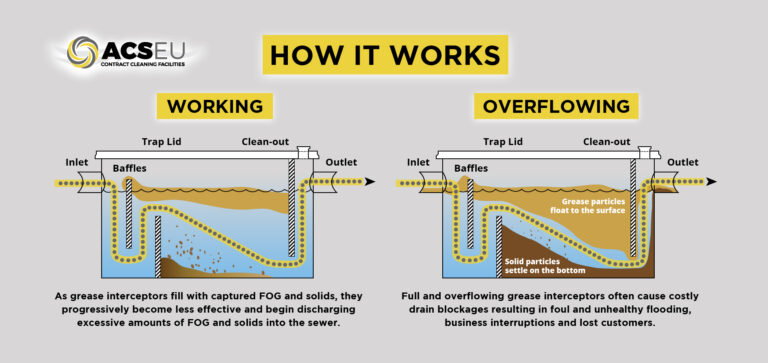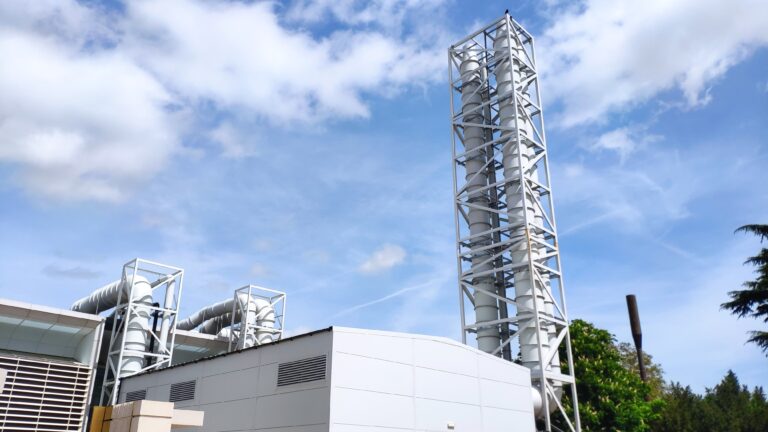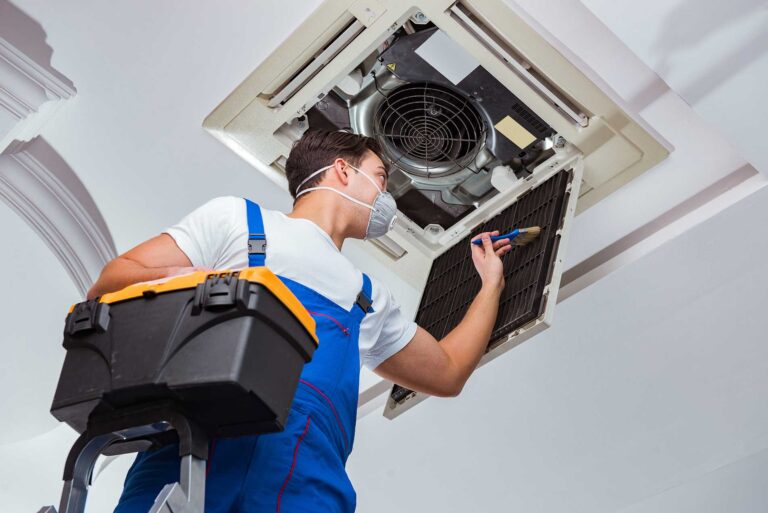Raajan Bains
Walraven
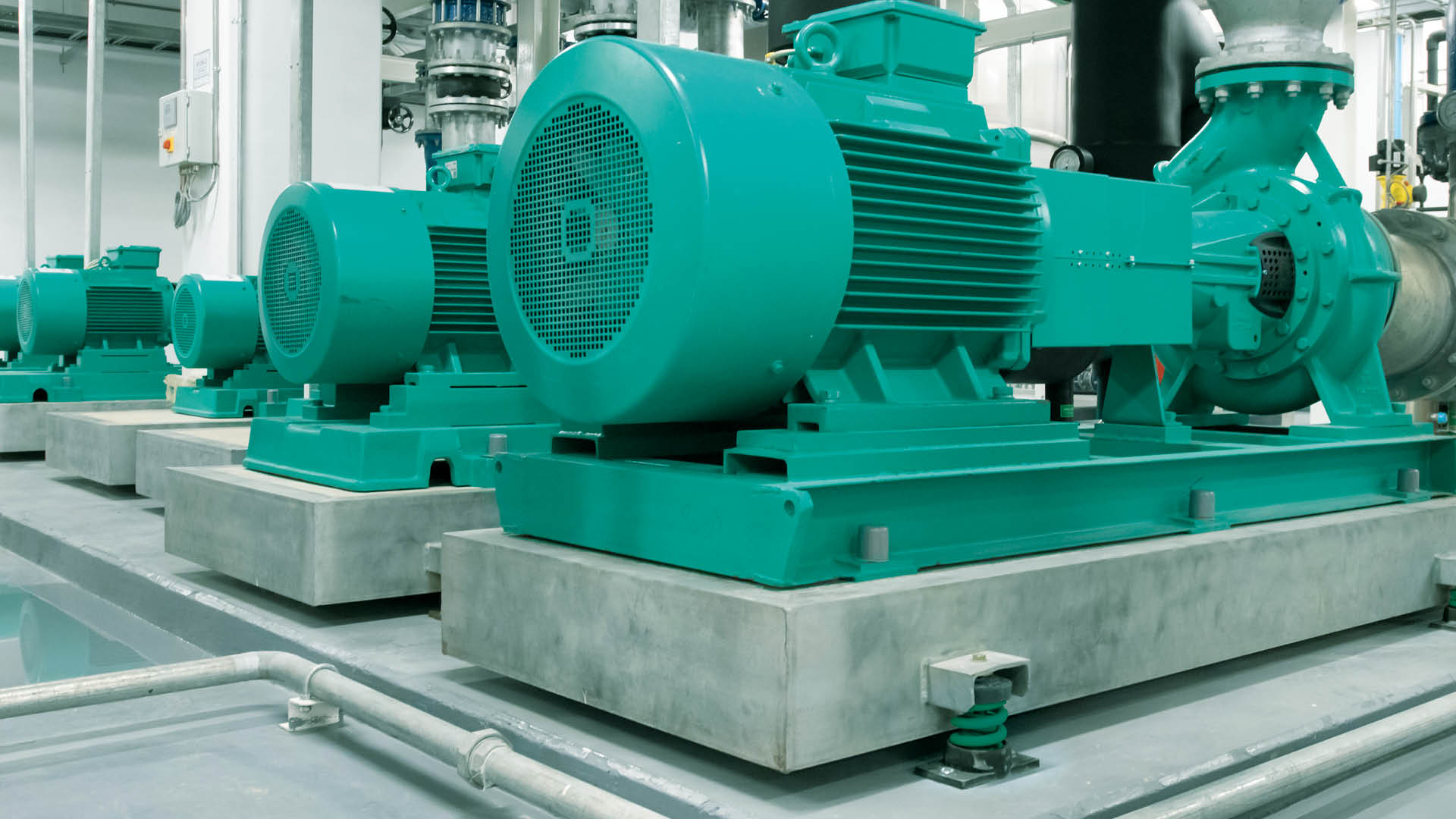
Understanding the basics of vibration in HVAC
Raajan Bains, Technical Sales Manager at Walraven, gives an insight into the basics of vibration control in building services.
The operation of mechanical and electrical equipment and services generates varying degrees of noise and vibration which, if left untreated, can damage equipment and disturb occupants. Vibration isolation is the process of isolating an object from the source of vibrations.
What is vibration?
Vibration is a mechanical phenomenon where oscillations occur about an equilibrium point. These vibrations can resonate through equipment, fixings and the building structure to create undesirable noise and discomfort for occupants. In the HVAC industry, most sound or noise is generated via equipment in operation and air and fluid movement through ducts and pipes.
Unresolved vibration can cause problems affecting both the equipment itself, the building and its users.
Recurring vibrations can cause:
• Damage to the equipment
• Transmitted noise
• Discomfort for people
• Safety issues for those near the vibrating equipment
• Damage to the structure of the building
• Increased maintenance requirements for the equipment
• Decreased lifespan of the equipment
• Malfunctioning equipment
• Violation of regulatory requirements
These potential issues are why vibration isolation is so important.
Common sources of vibration
HVAC equipment that is rigidly attached to a slab, wall, or ceiling can transmit vibration into the supporting structure and cause highly undesirable levels of structure-borne noise.
This noise can travel far and can even spread throughout the building. Alongside the HVAC equipment, the M&E services such as pipework, conduits, and ductwork can also act as transmitters of structure-borne noise if they are rigidly connected to vibrating equipment. Other sources of vibration and noise can include imperfect joints and/or connections, general fatigue and wear of components and flowing air or fluids.
Types of equipment that typically require some sort of vibration control are shown in Figure 1 and include:
- Air con units
- Heat pumps
- Ventilation ducts
- Compressors
- Power generators
- Suspended piping systems
- Rooftop HVAC equipment
- Inline fans
- Industrial processing machinery
Image 1: Areas to consider for vibration control
Vibration isolation is the key to solving the problem. Isolating the source of vibration from the supporting structure is typically the most efficient approach to eliminate vibration.
Carefully selected vibroacoustic isolators need to be placed, where possible, directly in between the mounting structure and the equipment that produces unwanted vibration. The isolators can then effectively absorb up to 99% of excess vibration produced by the equipment.
Products that are used to deal with vibration in HVAC equipment and services include anti-vibration mounts, spring hangers, rubber mounts and rubber sound absorbers.
Products can be made of rubber, steel or a combination of both. When the machine is being used, the isolators absorb and dampen vibration, significantly minimising the impact of vibration, such as noise.
Spring Mounts
Antivibration spring mounts are primarily used for low frequency vibration damping (slow speed rotation around 600 RPM upwards). This could include applications like air handling units, cooling towers, chillers, air compressors, etc. Spring mounts can consist of individual or multiple open springs, or encased spring mounts for heavier equipment loads, or where stability is a problem.
Rubber Mounts
Rubber or elastomer mounts are suitable for machinery with radial vibration (rather than axial), and equipment prone to starts and stops. They are ideal for equipment with high frequency vibrations above 2500RPM.
Rubber Levelling Mounts
Rubber levelling mounts perform a similar role with the added benefit that they don’t need to be fixed to the supporting structure. They are suitable for outdoor ACUs, axial and radial fans, motors, pumps compressors and more.
Spring and Rubber Hangers
Spring hangers absorb vibration and vibration-related noise of low frequency suspended loads such as pipework, ductwork, fans and other HVAC equipment. They can include a rubber spring base cup to prevent contact between the housing and the spring, giving better efficiency.
A Rubber Hanger uses a rubber absorber in place of the spring, and is usually applied in ventilation and AC systems. Sometimes they are also adjustable for use on sloping ceilings.
Rubber Isolators
Rubber isolators are for preventing metal-to-metal contact in machinery, generators and HVAC equipment, to prevent the transmission of vibration and noise. They are versatile and come in a range of sizes and styles.
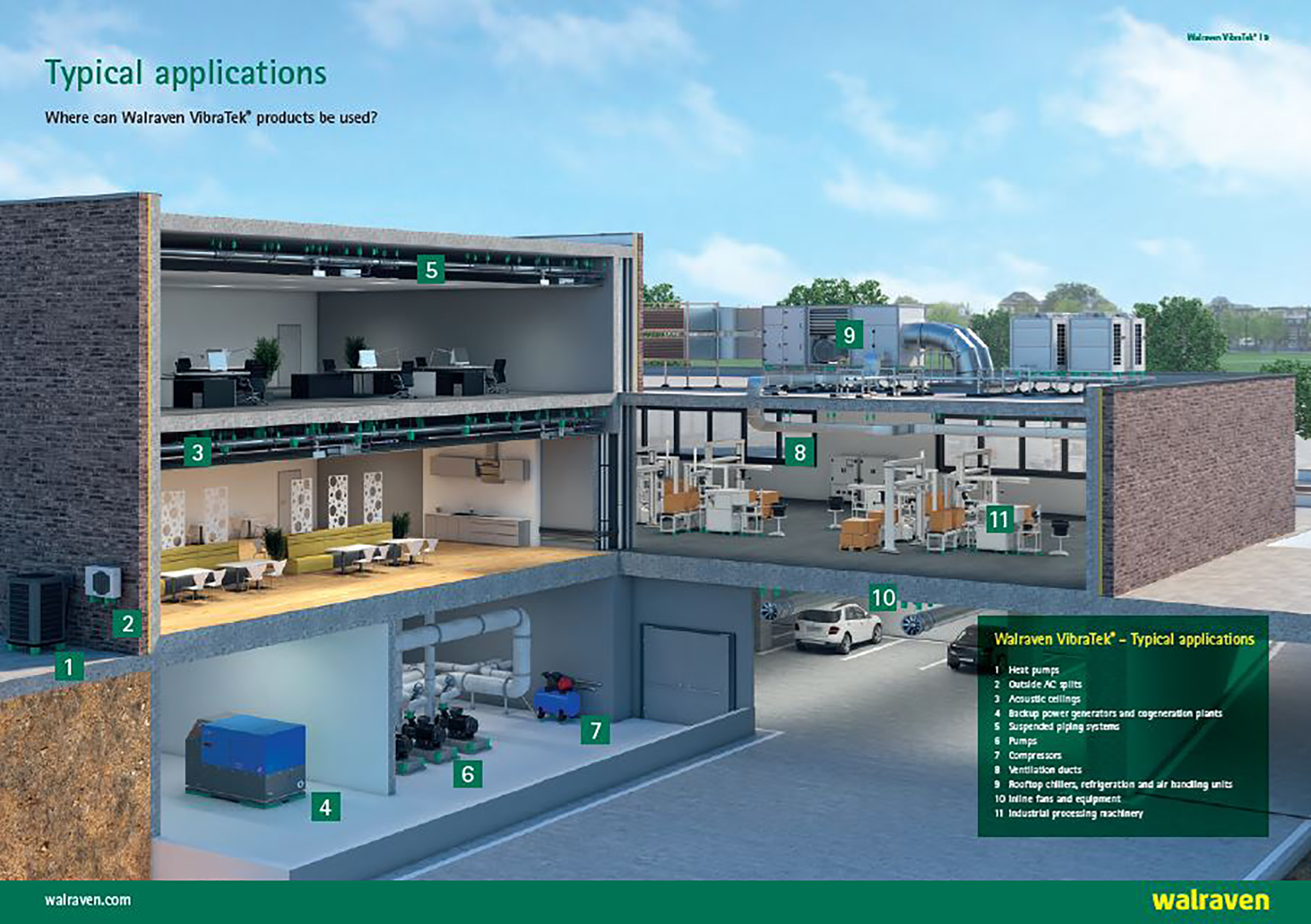
Rubber Absorption Blocks
Rubber absorption blocks come in a range of configurations with either internal or external threads, or both. They are ideal for use with all kinds of elastic suspension or mounting of equipment, particularly if there is metal-to-metal contact.
Rubber Pads
Anti-vibration rubber pads are large rubber mats that can be cut to size for placing between the machinery and the building structure to help absorb noise and vibrations. They are commonly used for working machinery.
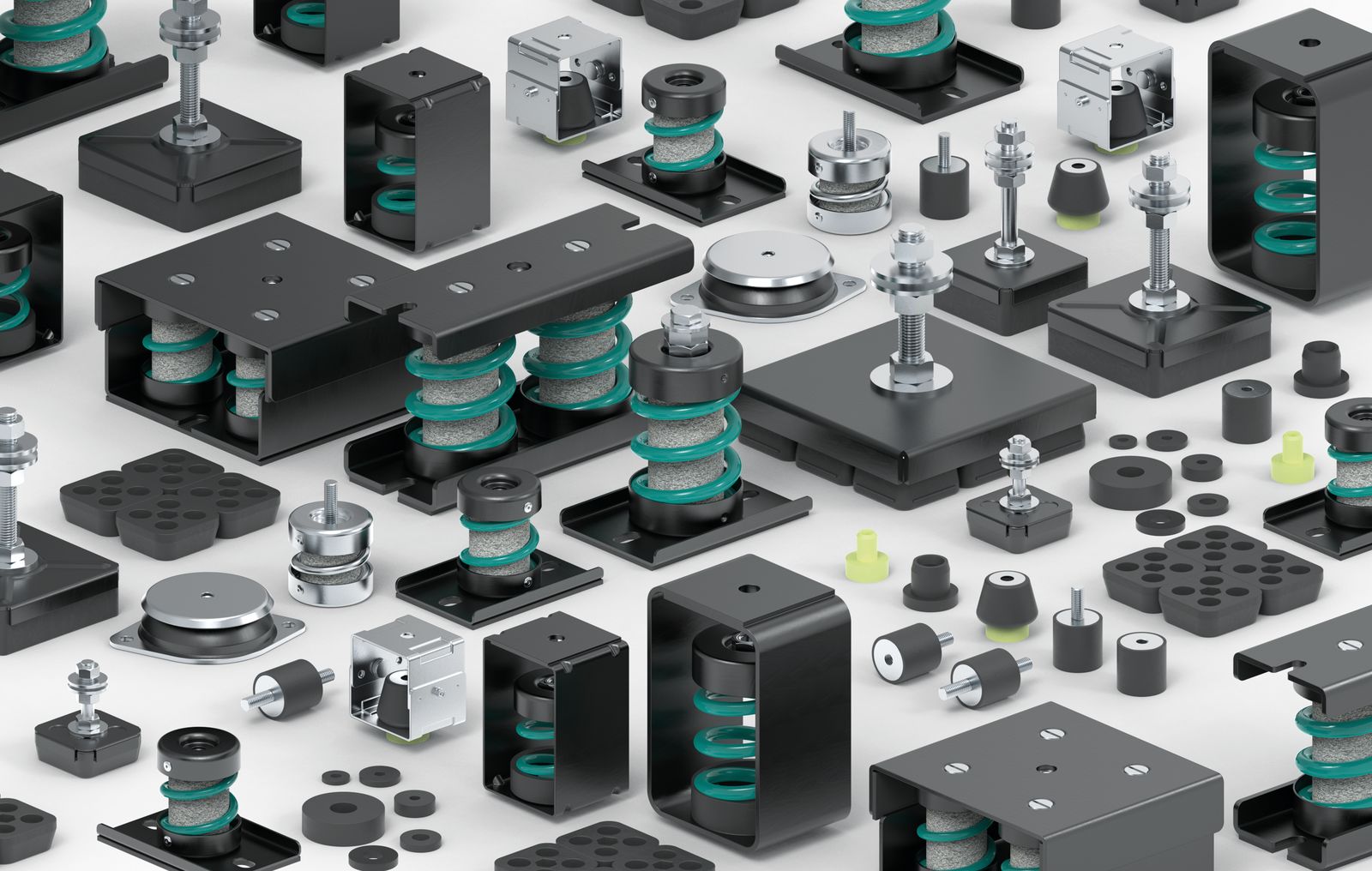
Select the right solution
There are several considerations when reviewing the vibration isolation needs of a HVAC installation. These include:
Equipment specifications
Different types of HVAC equipment will require different solutions. You need to consider the size and weight of the equipment or pipework and its structural attachment points. This will give you an idea of how many mounts you’ll need, and the size of those mounts.
Location of equipment
The location and support surface of the equipment can affect which types of isolator are required. For example, is it ceiling mounted, floor mounted on a slab in a basement, or is it outdoors on a building rooftop?
Vibration excitation of the equipment
The rotational frequency (revolutions per minute) of the machinery contribute to the levels of vibration. The forces and couples generated will influence the isolators required to dampen the vibrations.
Type of building
Different types of building can have different requirements for vibration and acoustic isolation. For example an entertainment venue, industrial facility or luxury apartment block may have more significant requirements or expectations than some other buildings.
Environmental considerations
Whether the equipment is placed indoors or outdoors can make a big difference, but under all circumstances, you need to consider environmental factors such as the degree of corrosivity and the minimum and maximum ambient temperature near the equipment.
Special requirements
For example, are there electrical, pipework or ducting connections that might modify the mechanical response of the mounting system? Are there any externally applied forces or moments; minimum or maximum clearance requirements between equipment and foundation; alignment requirements; or dynamic loads?
Once you have a full overview of the installation requirements and external considerations, you need to select the anti-vibration mount or isolator that provides you with the most efficient solution. A mount with soft rubber would isolate vibrations more, but if the rubber is too soft for the application, it might not be able to recover from deformity caused by the stress forces of the equipment, and it will not be as effective.
Therefore you need to determine the level of vibration transmission to the structure so that you can select a product which can dampen the vibrations effectively. The simplest way to determine vibration transmission to the structure is to use static deflection and vibration isolation efficiency charts for the products you are looking at.
Effective noise vibration control can help prolong the life of machinery and subsequently reduce costs whilst ensuring a comfortable and safe environment for building occupants.

